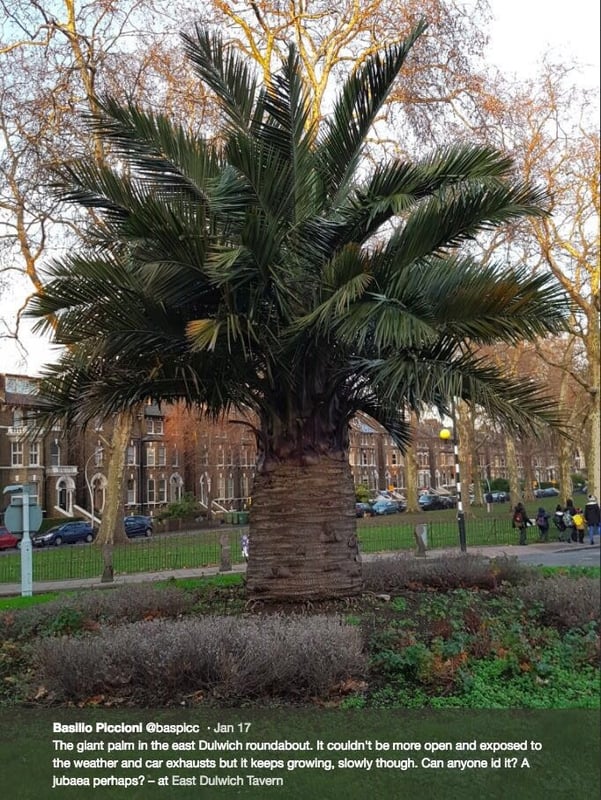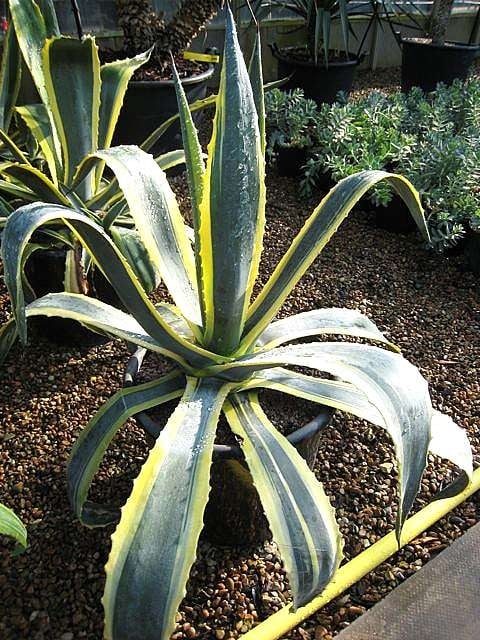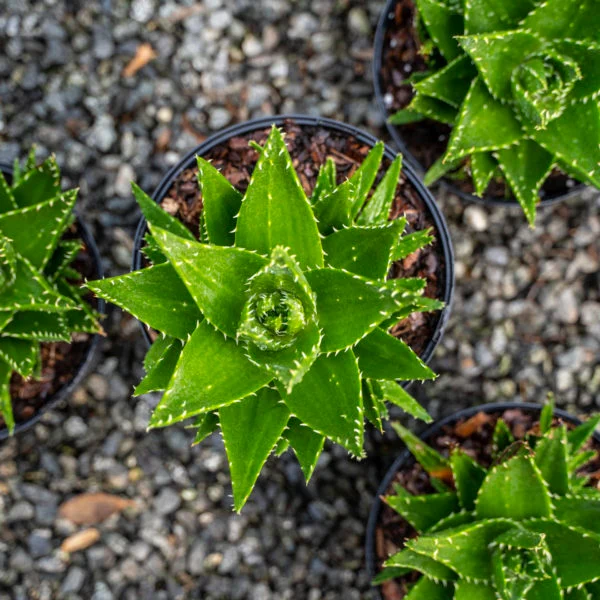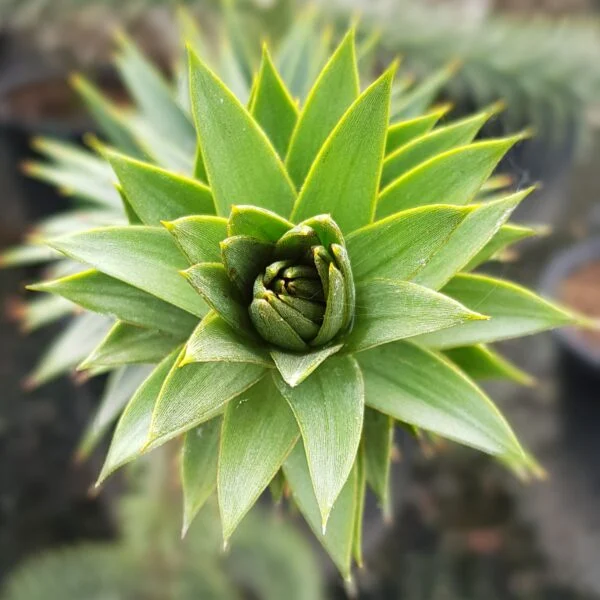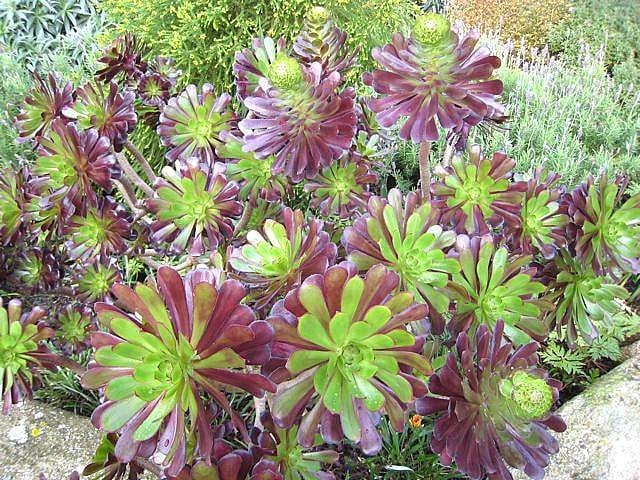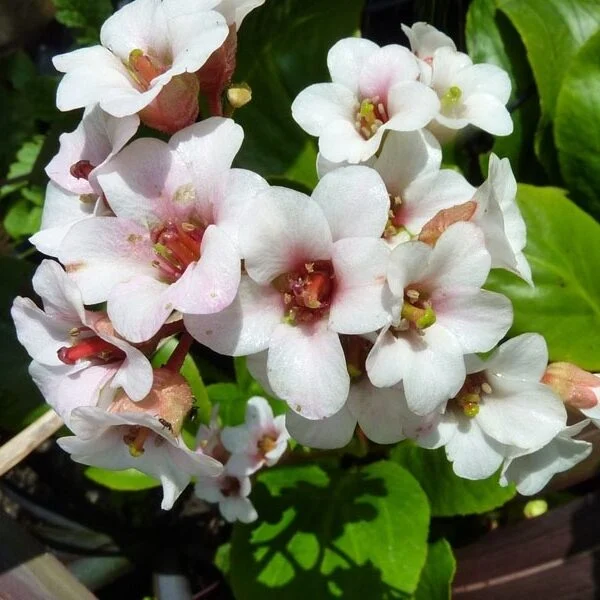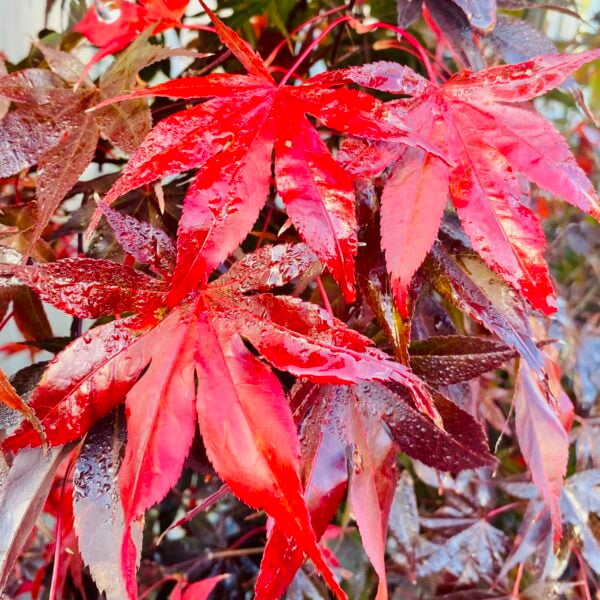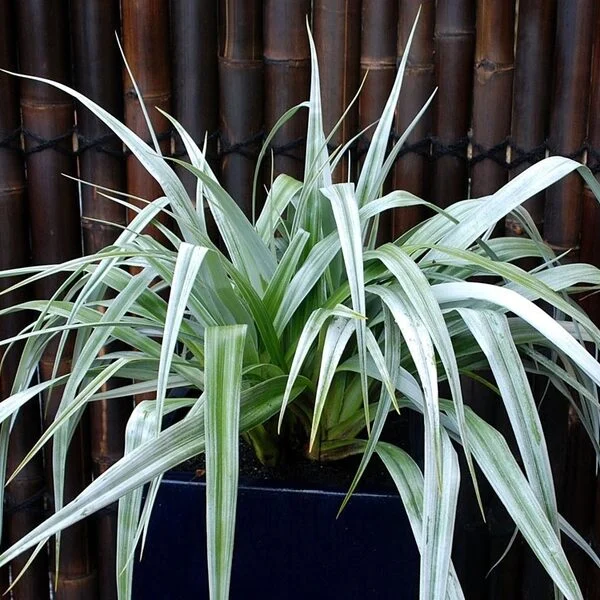Jubaea chilensis (Chilean Wine Palm)
A spectacular palm from the Andes with huge feather like leaves and the fattest trunk of any palm in the world. Slow growing to 50ft. Please contact us for stock availability and sizes.

Hardiness level Amber
This beautiful extravagantly exotic monster really does grow in Britain - given a degree of shelter. The reasons for its rarity are not hard to understand. We used to grow these from seed and after five years they looked neither exotic, extravagant or beautiful. They looked like a few blades of grass. They grow very very slowly so not many nurserymen are mad enough to grow them and when they do they're rather expensive.
Their original Latin name was Jubaea spectabilis. They are indeed spectabilis.
The only ones I know of are the ones in the photos (nicked from google street view incidentally) - by the East Dulwich Tavern in southeast London and the park in Montecatini Terme in Tuscany. I've also seen two in Torquay and one in Tresco Abbey Garden in the Isles of Scilly. No doubt there are more - but where, I wonder?
We now only sell big ones that other people have grown. Bit pricey but if you like the idea of of a rare exotic that no one else has got - a bargain.
They're now endangered in their native Chile because of the naughty habit of the natives chopping the trees down and using the sap that pours from them to distil an alcoholic beverage of some kind. Wine? Chilean Hooch Palm more like.
For many years Peter Tindley was our propagator. He worked with us for 25 years and for many years before that he worked at Kew Gardens and his knowledge about plants was encyclopaedic. He was wandering through an exotic fruit and veg market in west London one day when he spotted some 'Mini Coconuts'. On close inspection, he was the one in a million people to recognise them as the seed from Jubaea chilensis (there used to be a huge one in the Temperate House at Kew which they had to cut down as it was trying to get out of the roof). He bought masses and we ate some (about 3/4" diameter brown spheres) and they did indeed taste remarkably like coconut but the good news was that as they were edible, they were fresh and they germinated like mad. That would have been in 1992. I wonder how big they are now.
Reasonably well drained soil, feed well, space to flourish and not too windy (the one on Tresco is battered by storms and not a pretty site)
Propagated from seed.
N.B. When clipping several plants with the same tool, have a bucket containing a 5% bleach solution and swish your blades around for 30 seconds between plants to sterilise them. This will help avoid the chance of cross contamination of disease.
As with all woody plants, plant high, exposing as much of the taper at the base of the trunk as possible. Allowing soil to accumulate round the base of a tree can be fatal. Keep very well watered when first planted.
Additional Information |
|
|---|---|
| Soil Type | |
| Light | |
| Plant Type | |
| Continent of Origin | |
| Specialist Plants | |
| Tree Size | |
| Situation | |
| Hardiness | |




